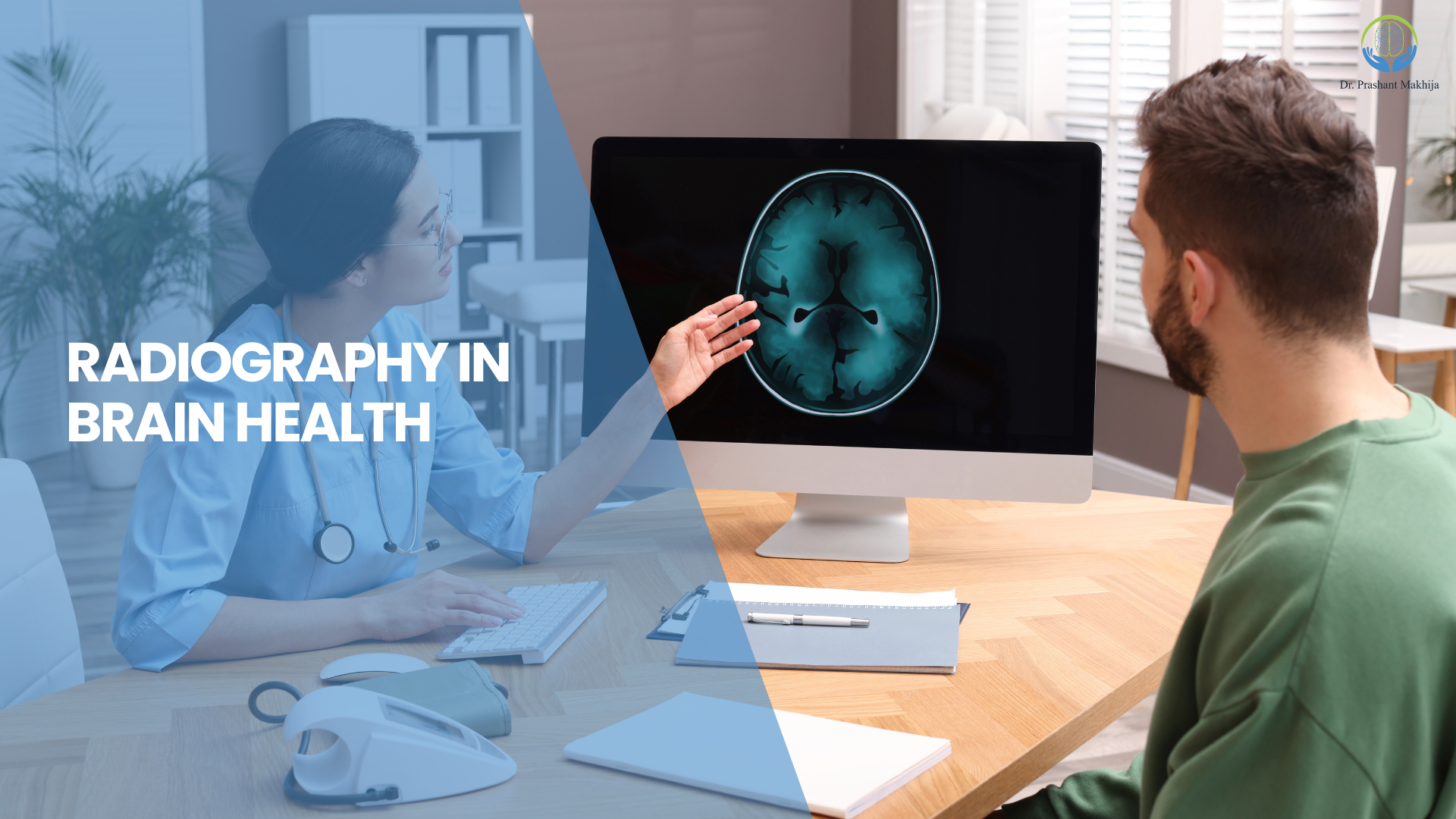On World Radiography Day, we celebrate the incredible contributions of radiography to healthcare, especially in neurology. Radiography, through advanced imaging techniques like CT scans and MRIs, provides critical insights into the complex structures of the brain. It allows doctors to detect, diagnose, and treat brain issues with precision, saving lives and improving health outcomes. As technology continues to advance, radiography’s impact on brain health only grows stronger, making it a vital tool in modern neurology.
Understanding Radiography and Its Importance
Radiography is a non-invasive imaging technique that uses X-rays, CT (Computed Tomography), and MRI (Magnetic Resonance Imaging) scans to produce detailed images of internal body structures. In brain health, radiography is indispensable for its ability to visualize the brain’s intricate structures, enabling doctors to identify abnormalities like tumors, hemorrhages, and aneurysms. Without radiography, diagnosing complex brain conditions would be more challenging, delaying crucial treatments that could impact patients’ lives.
Diagnosing Brain Tumors with Radiography
One of the primary uses of radiography in neurology is the early detection of brain tumors. Tumors often begin as small, unnoticed abnormalities that only become symptomatic over time. With MRI and CT scans, radiography can detect these tumors at an early stage, helping doctors make accurate diagnoses and provide timely treatment options. Early detection not only improves the chances of successful treatment but also reduces potential damage to surrounding brain tissue, preserving cognitive functions and quality of life for patients.
Radiography for Stroke Detection and Management
Stroke is one of the leading causes of disability and death worldwide. Rapid diagnosis is essential, as early intervention can drastically improve outcomes for stroke patients. Through radiographic imaging, such as CT angiography and MRI, doctors can identify blood clots, hemorrhages, and restricted blood flow to the brain, helping them determine the type of stroke and the best course of treatment. This quick and accurate diagnosis is key to reducing long-term damage, especially in cases where every minute counts.
Guiding Brain Surgeries with Precision Imaging
Radiography isn’t only useful for diagnosis; it also plays a critical role in guiding brain surgeries. In complex neurosurgical procedures, surgeons rely on precise imaging to navigate the brain’s delicate structures. By using high-resolution MRI or CT scans, surgeons can plan their approach, minimizing damage to healthy tissue and improving surgical outcomes. This is particularly valuable in procedures related to tumor removal, aneurysm repair, or trauma management, where accuracy is paramount.
Monitoring Brain Health Over Time
For individuals with chronic neurological conditions, radiography is essential in ongoing monitoring. Regular imaging allows doctors to track changes in the brain, assess the effectiveness of treatments, and adjust care plans as needed. This continuous monitoring is vital for managing conditions like multiple sclerosis, epilepsy, and other neurodegenerative diseases, enabling healthcare providers to offer personalized and responsive care.
Celebrating Radiography’s Impact on Brain Health
On World Radiography Day, we honor the power of radiography to transform healthcare. For complex brain conditions, radiography not only enables early diagnosis but also provides a roadmap for effective treatment and monitoring. As technology evolves, radiography will continue to play a pivotal role in neurology, helping us to understand, protect, and improve brain health. Let’s celebrate the advancements that radiography brings to healthcare and the dedicated professionals who make it possible.




